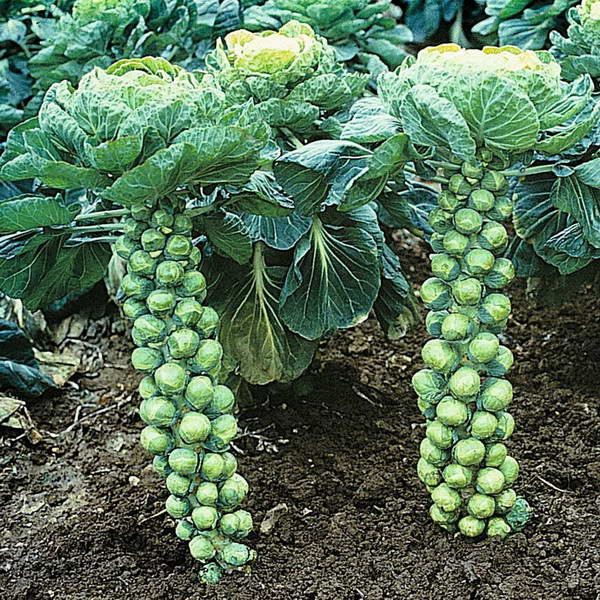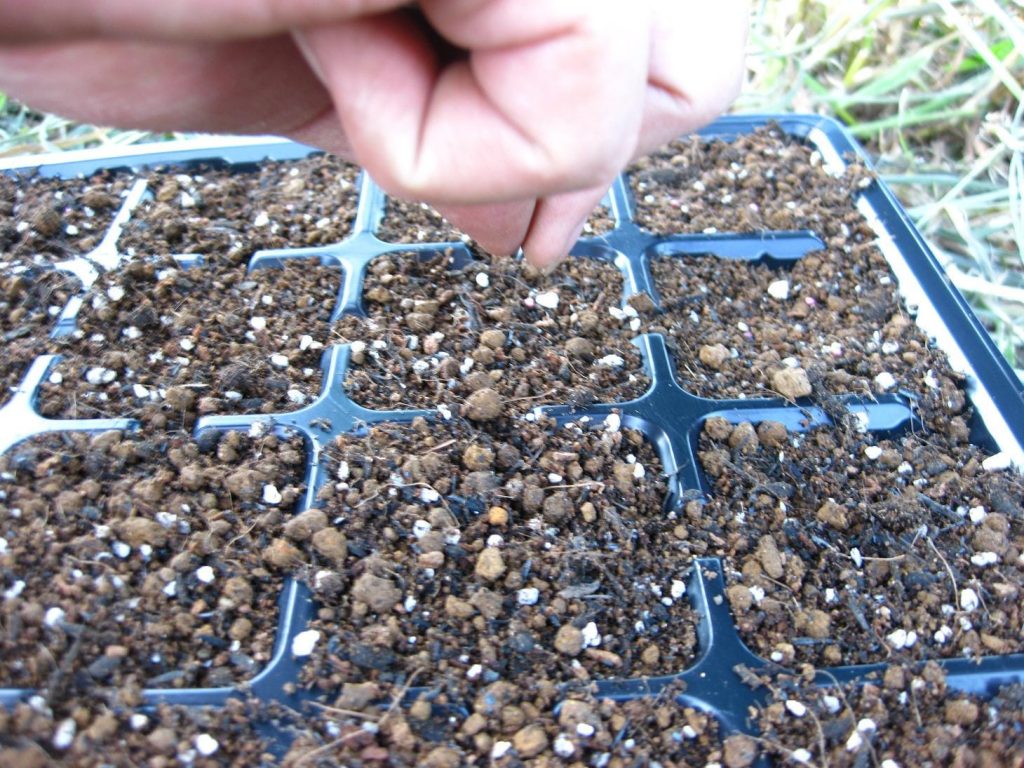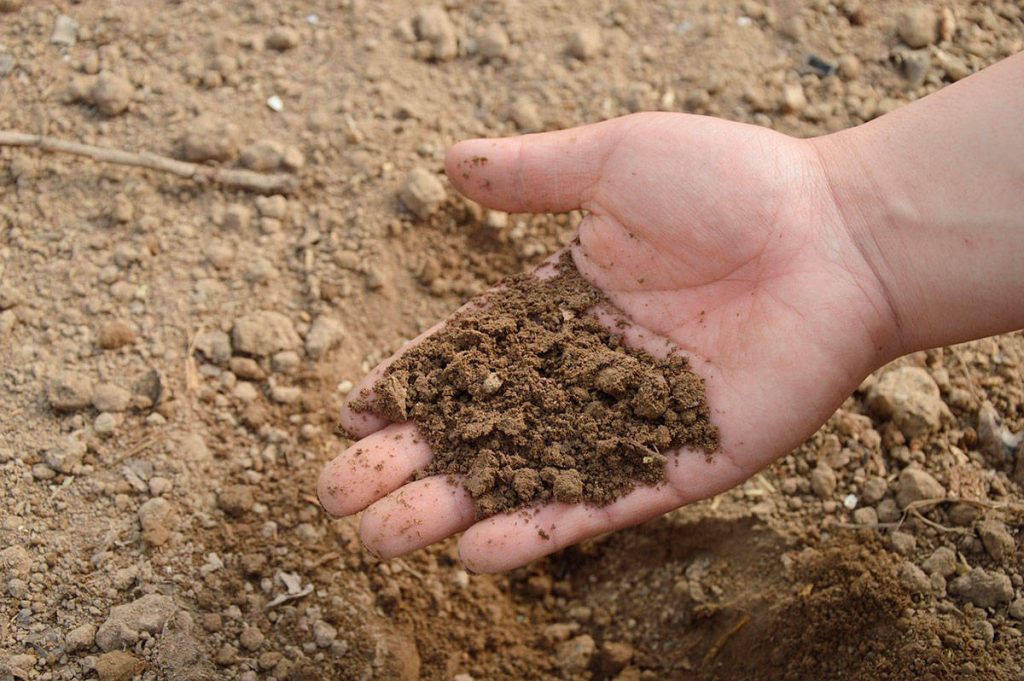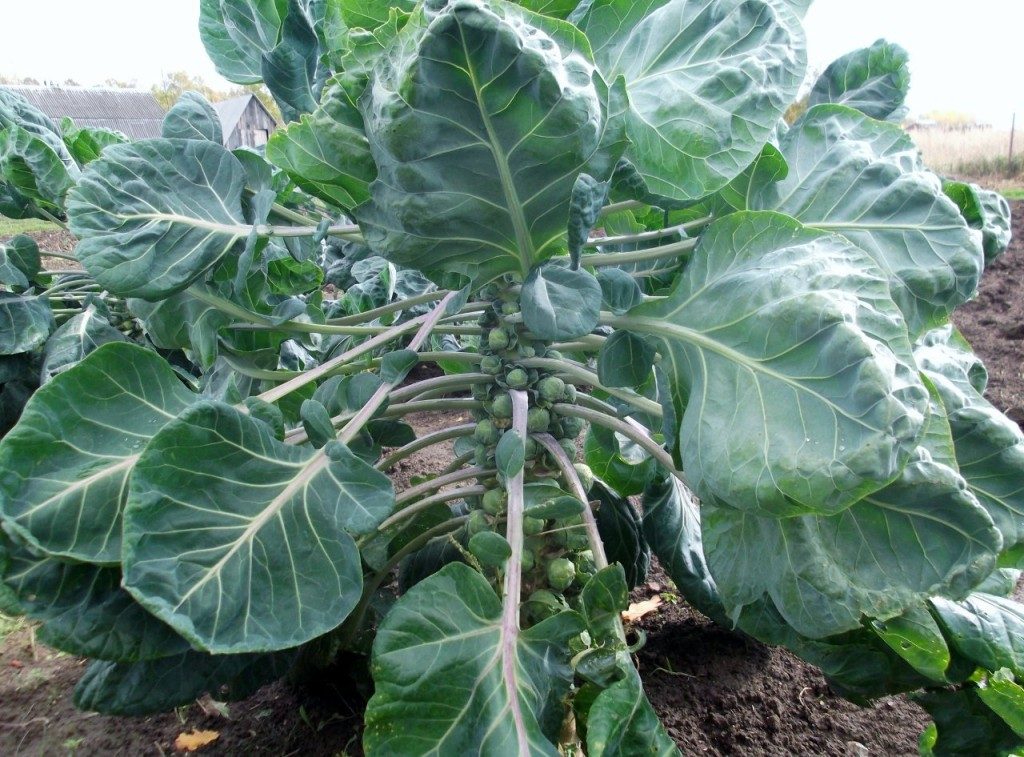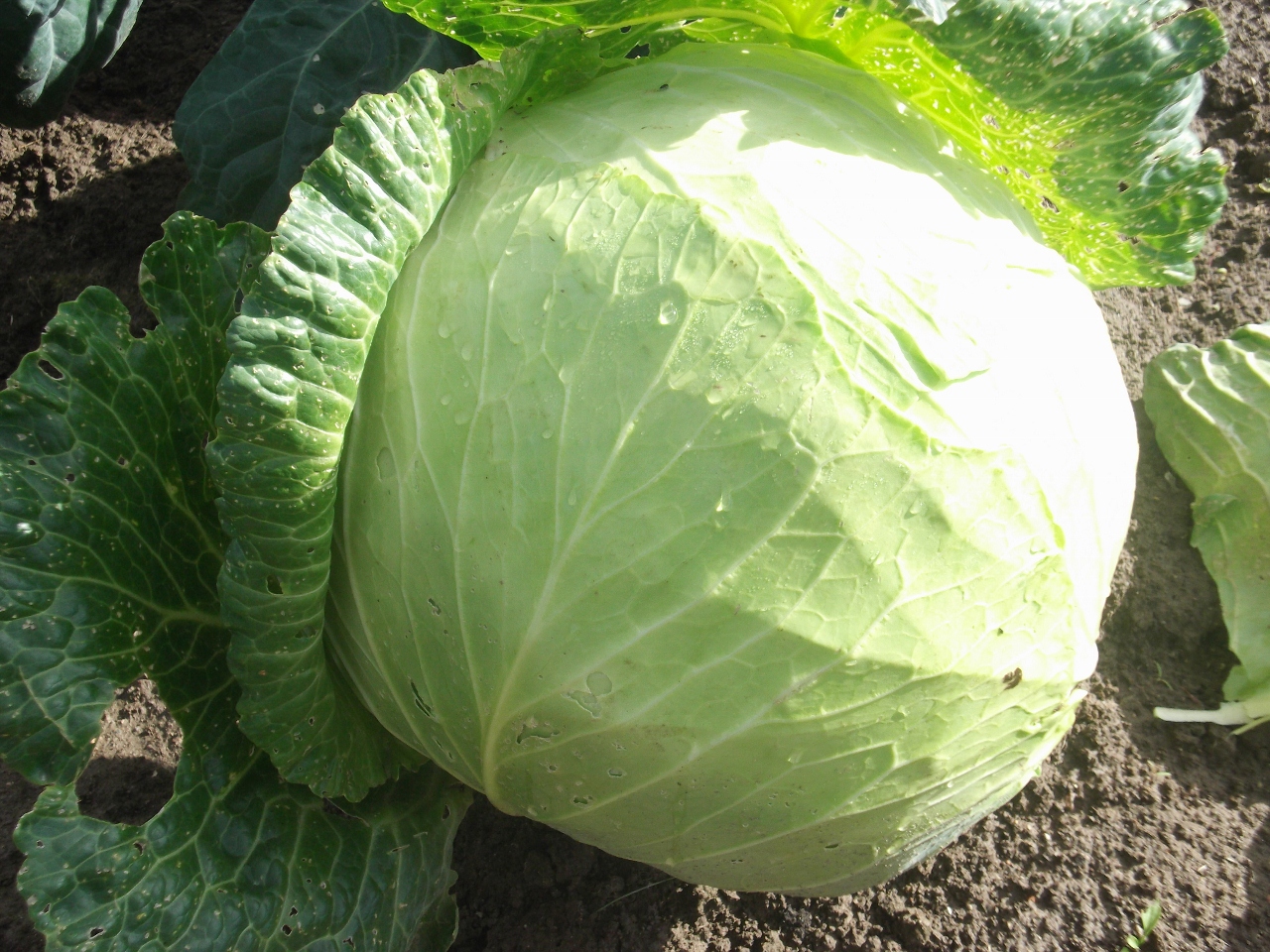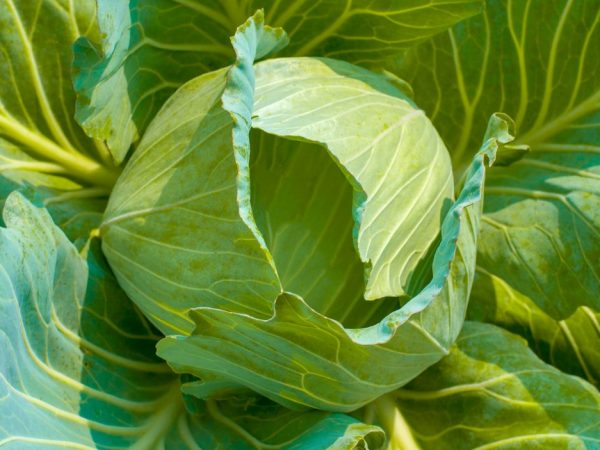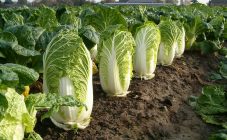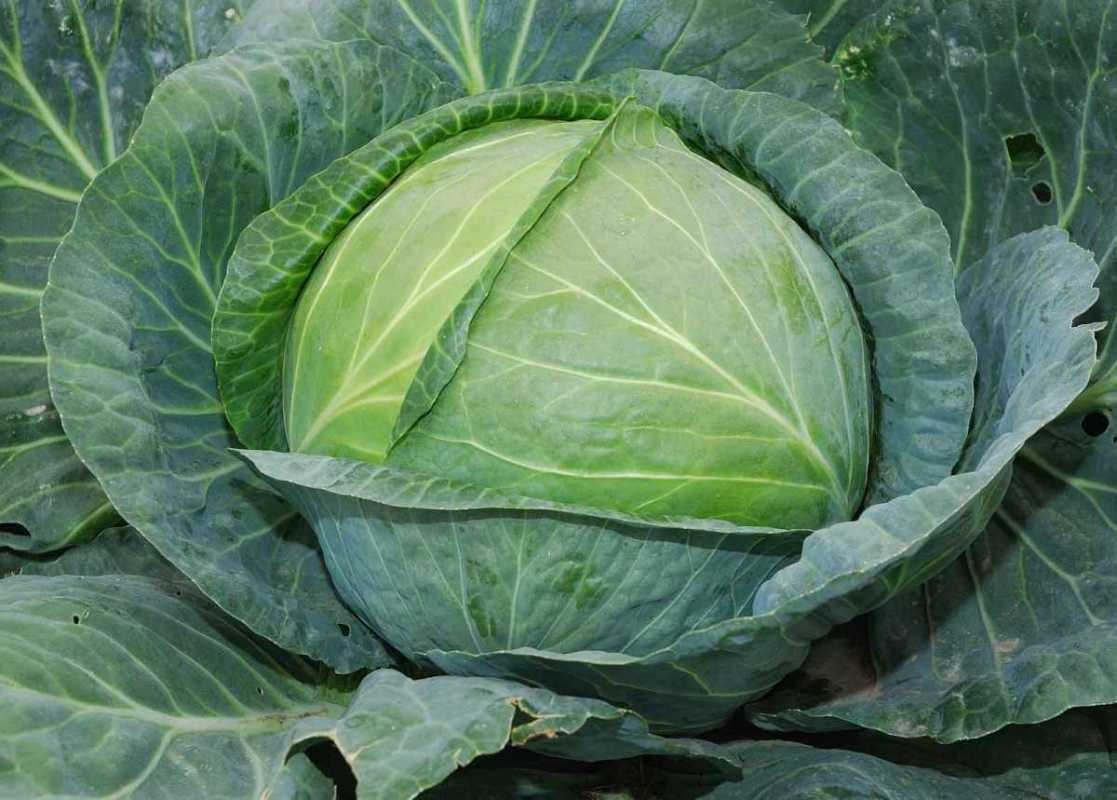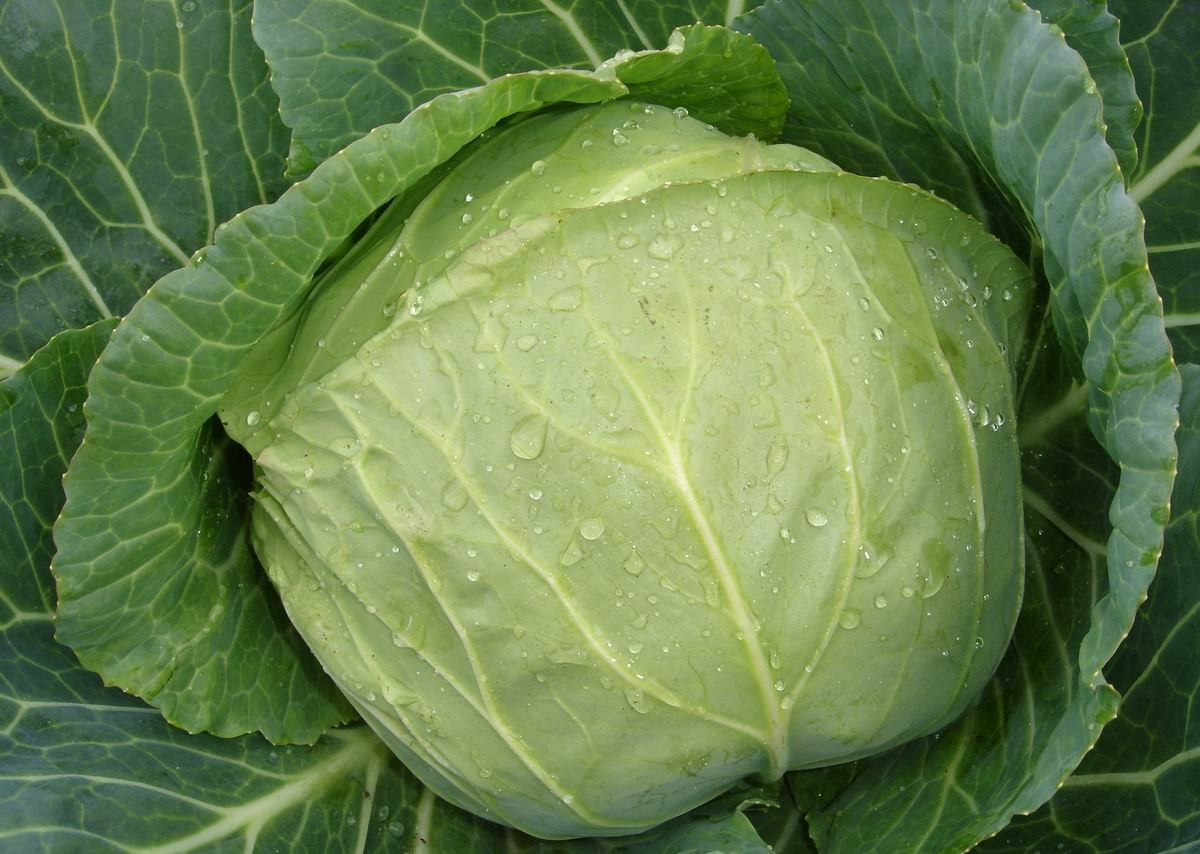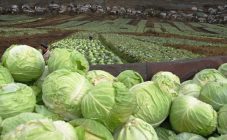Content:
Brussels sprouts are loved for their unique taste, useful properties and unpretentious care. With the right farming techniques, you can get a good harvest. Consider brussels sprouts growing in the open field, recommendations for gardeners on how to prepare seeds, description of varieties, rules of care.
Description of culture
Brussels sprouts originated in Belgium and is a biennial plant. Karl Linnaeus named it Brussels after gardeners from Brussels. Lateral shoots are used for food, which grow in the form of small heads of cabbage. On one cabbage, from 40 to 60 heads are formed, their size, how Brussels sprouts grow and ripen, depends on the varietal affiliation.
Brussels sprouts are high in protein. Compared to white cabbage, Brussels sprouts are more nutritious. The composition includes:
- Vitamins of group B, C, E, K;
- Carotene;
- Phosphorus;
- Calcium;
- Iron.
The peculiarity of Brussels sprouts is that it does not lose its taste and usefulness, even after freezing and thawing. Therefore, almost the entire crop is stored in the freezer.
Heads of cabbage are used fresh or dried for cooking. They are a great ingredient in soups. The stems and tops are used in the production of feed.
Dutch breeders have developed hybrids that are high yielding and disease resistant. It is easy and profitable to grow such cabbage even in a small garden area. The choice is based on:
- Plant height:
- Ripening terms;
- Productivity;
- Disease resistance;
- Shape, size and number of heads of cabbage.
It is preferable to choose cabbage varieties of low or medium height. In terms of ripening, Brussels sprouts are:
- Early (140 days);
- Medium early (160 days);
- Medium late (190 days);
- Late (200 days).
More than ten varieties of vegetables have been added to the Russian State Register. Popular varieties of Brussels sprouts:
- Hercules. A late variety of cabbage, oval heads of cabbage grow on a cone-shaped stem of a mature plant. They are used in cooking for cooking, suitable for freezing, canning, pickling. On the Russian market you can find Hercules 1342, a high-yielding and disease-resistant variety. During the ovary period, the plant may look like decorative;
- Rosella. A medium-early ripening variety, was obtained by German breeders. Rosella ripens almost simultaneously and can be harvested in one go. The heads of cabbage contain folic acid and vitamin C. If the conditions for dosing mineral preparations for plant nutrition are not followed, harmful nitrates can accumulate in the vegetable;
- Sapphire. Late variety of cabbage, grown for over 200 days. Sapphire is indicated for planting in southern regions or areas with early spring and warm autumn. When breeding in central Russia, you will need to be transplanted into a greenhouse or covered with a film. The taste characteristics of the vegetable compensate for all the troubles of the gardener;
- Casio. Variety of Czech selection, medium ripening. A large number of heads of cabbage are formed on one plant. The vegetable has excellent taste characteristics when cooked both fresh and heat-treated. Variety with a light nutty flavor.
Preparing and sowing seeds for seedlings
Good planting material allows you to grow a rich and healthy crop in the country with minimal labor costs.
Before sowing seeds, preparation is carried out in several stages. First, put them on a damp cloth and cover them on top. As a prophylaxis of diseases, the seeds are dipped in warm water (the optimum temperature is +50 degrees) for 10-15 minutes, then they must be dipped in cold water.
Next, the planting material is placed in Nitrofoska (for 1 liter of water, 1 tsp. Nitrofoska) overnight. Then they must be rinsed under running water. You can wrap the seeds in a cloth and rinse well.
To make the plant resistant to possible frost, the seeds are hardened. To do this, they must be stored for 24 hours at a temperature of -1 degrees (in the refrigerator). This increases the resistance to disease and frost. After the hardening procedure, the seeds must be dried so that they do not stick to the hands during planting.
Depending on the selected variety, the ripening period of the vegetable varies, from about 130 to 200 days from the moment the seeds are planted.
Seeds of Brussels sprouts for seedlings begin to be planted in early April. For planting, you will need to prepare nutrient soil and containers. You can immediately plant it in separate pots, then you do not need to pick.
You can buy special soil in stores or prepare the substrate yourself. The soil mixture is prepared from:
- Sand;
- Peat;
- Sod land.
Before planting, the soil is disinfected with a solution of potassium permanganate, after which it is watered several times with clean water.
Step-by-step instructions for planting seeds at home:
- Make small indentations, maximum 2 cm;
- Plant seeds with an interval of 3-4 cm;
- After sprinkle with earth, lightly tamp with your hands, pour from a spray bottle;
- It is necessary to grow seedlings in a well-lit place; it is recommended to put a container with seeds on a windowsill or table;
- Optimal daytime temperature - + 16-18 degrees, night - + 5-6 degrees;
- Before the emergence of shoots, it is necessary to maintain a moisture content of 70%;
- Avoid direct sunlight - seedlings may burn out;
- After 4-6 days, the first shoots should appear, as a rule, they all sprout together. Home sprouts do not require special care;
- After the formation of 1 real leaf, the seedlings are ready for picking, it is better to plant the seedlings in peat or plastic cups;
- When 5 true leaves appear on the sprouts, they can be transplanted into open ground in the garden bed. Usually the end of the period from the moment of emergence to planting on the site passes after 45-60 days.
Site requirements and planting technology
Cabbage grows well in sunny, well-lit areas. With a lack of sun in the plant, the formation of ovaries is delayed, the yield becomes much lower. Usually they choose the southeast or south side of the site. A variety of cabbage is grown in the suburbs, southern regions and the Urals.
The plant is unpretentious to the ground. Cabbage grows well even in poor soil. The acidity level should be low or neutral. What level of acidity in the area can be determined using laboratory research. To do this, use an acid meter and indicators.
To obtain a rich harvest, the main requirement is the temperature regime. Cabbage grows well in the garden, even with frosts down to -10 degrees, in the heat the plant feels uncomfortable.
The ovaries are actively formed at a temperature of 18-20 degrees. If it is +25 degrees and higher outside, the growth processes slow down.
Planting scheme for Brussels sprouts:
- The soil is well fertilized with organic fertilizers. The earth is dug to a depth into the bayonet of a shovel, loosened, the remnants of roots, weeds are removed;
- 2-3 hours before planting in open ground, seedlings in pots or a container must be watered abundantly in order to facilitate the extraction of roots;
- Seedlings are planted to a depth of the first full-fledged leaf, the distance between the seedlings should be at least 60 cm;
- Immediately after planting, the plant needs to be sheltered from the sun. Shade the bed for 2-3 days after planting seedlings in open ground. This is necessary for the cabbage to take root in a new place.
Good precursors for Brussels sprouts are:
- Legumes, grain plants;
- Carrot;
- Potatoes;
- Bow;
- Cucumbers.
Cabbage will develop poorly if the following has grown in the garden:
- Beet;
- Radish;
- Radish;
- Turnip.
Agricultural rules
There are few features in the care of Brussels sprouts. The plant is unpretentious, it is important to just follow the standard manipulations for growing and caring for cabbage:
- Watering. The plant is moisture-loving, the beds must be moistened every 2 days, as the soil dries out. Watering is recommended in the morning or evening with cool clean water. Avoid stagnant water - the roots may begin to rot;
- Loosening. Every week, the area is loosened with the removal of weeds. The procedure is done after watering;
- Top dressing. Organic matter (rotted manure, compost, humus) is used to fertilize the land. Additionally, before planting, you can add to each hole a mixture consisting of wood ash (200 g), urea (1 tsp), superphosphate (20 g). 3 weeks after planting in open ground, the garden bed is fed with a mullein.
Benefits of Brussels sprouts
The biological value of the vegetable is higher than that of other varieties of cabbage. The heads of cabbage contain:
- Amino acids, protein;
- Starch, water, dietary fiber;
- Fatty and organic acids;
- Mono, - and disaccharides;
- Vitamins A, B, C, E, K;
- Almost all minerals.
During the period of the ovary of heads of cabbage, the plant has a beautiful decorative appearance. Cabbage is not demanding on the composition of the soil, it does not take much time to care for.
Brussels sprouts are actively used in folk medicine for the prevention and treatment of a large number of diseases of various types:
- Treatment of hypertension and atherosclerosis;
- Prevention of cardiovascular diseases;
- Fighting gastrointestinal problems;
- Treatment of pathologies of the genitourinary system;
- It is used as a prophylaxis of vitamin deficiency.
Growing Brussels sprouts will delight gardeners with unpretentiousness and a rich harvest of healthy and tasty heads of cabbage. Simple rules of agricultural technology, variety of varieties, vitamin composition make Brussels sprouts the leader among vegetables.
